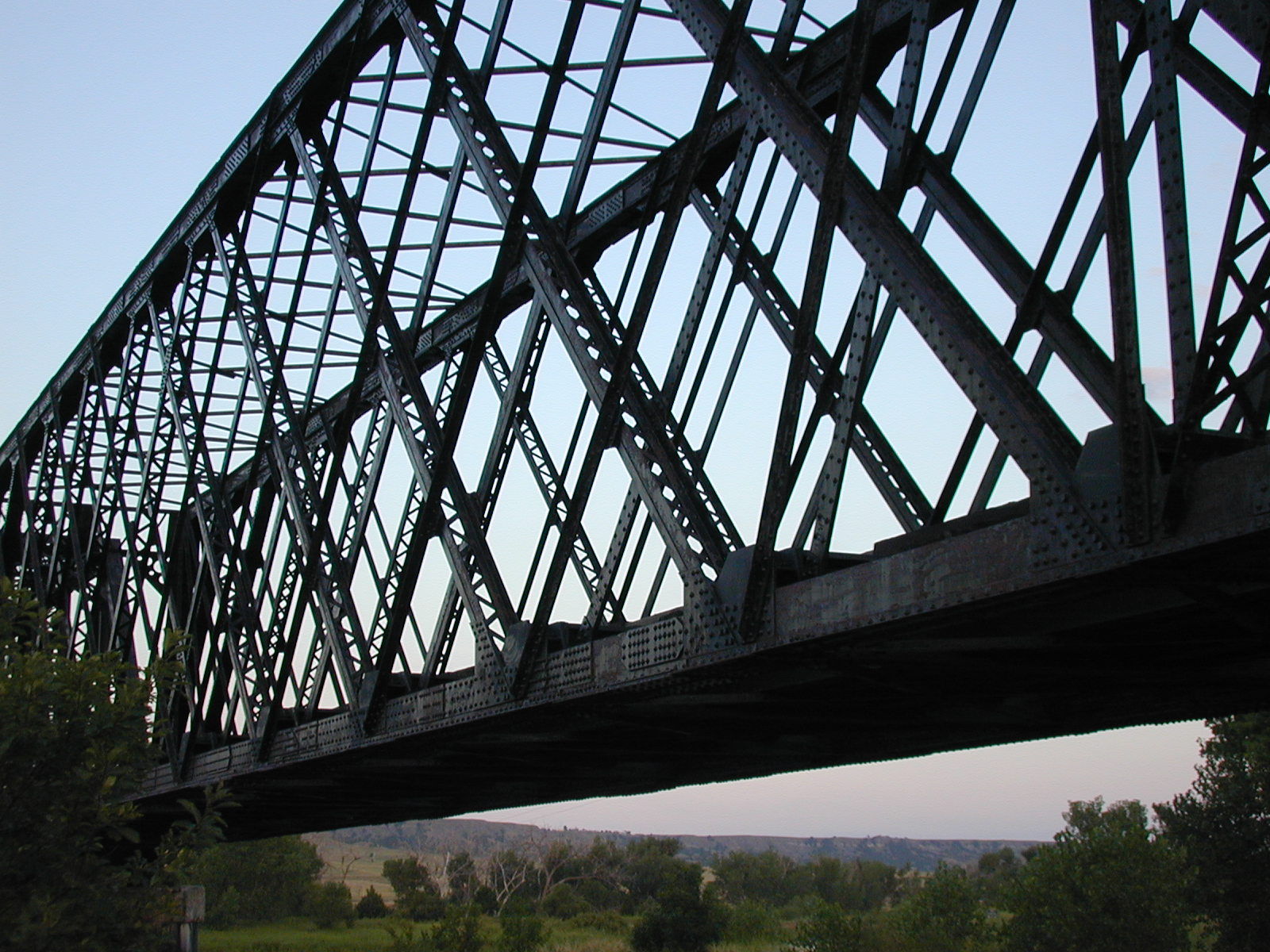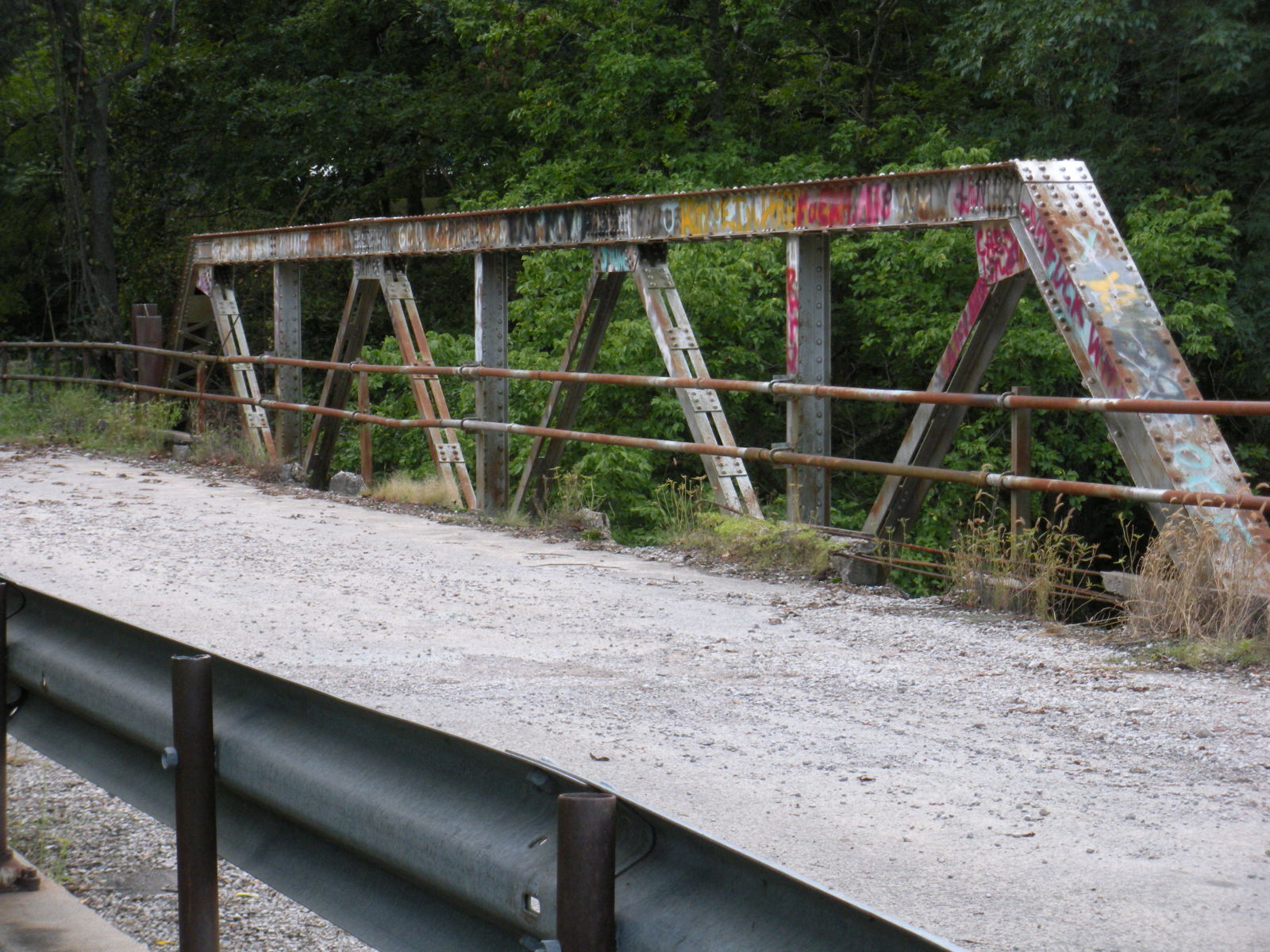
.

2021 Bridgehunter Awards
Ten years ago, in November 2011, the Bridgehunter’s Chronicles started the Othmar H. Ammann Awards, featuring bridges in the original categories of Best Example of a Restored Historic Bridge, Lifetime Achievement, Best Bridge Photo, and Best Kept Secret- Best places to find a historic bridge. The voting was done by selected people and the awards were given out at the beginning of 2012.
Fast forward ten years later, we have a different name (awards name changed in 2019), same categories but also newer ones and we have many more people in public voting than the select few. And this year will be more exciting than ever before. 🙂
Between now and December 1st, entries are being gathered for the 10th Annual Bridgehunter Awards. This year’s awards are special as we are paying tribute to four pontists who passed away within the last year: James Baughn, who died on December 6, 2020, Toshirou Okomato who passed unexpectedly in May of this year, and lastly, JR Manning and Dr. James L. Cooper, who both died on August 19th. The new categories and bridge entries presented in this year’s awards reflect on the achievement of each person. One of the categories is a reincarnation of the one that was hosted by Mr. Baughn who had created bridgehunter.com, which is now owned by Historic Bridge Foundation.

.
If you are interested in submitting your favorite bridges, photos and persons, who left a mark in historic bridge preservation and tourism, please use this link, which will take you to the page about the Bridgehunter Awards. There, an online form is available and you can submit your bridge entries there. For bridge photos, please ensure that there is no more than 1MB per photo and are sent in jpg. The online form can also be used if you have any questions, need the author’s e-mail address, etc.
.
The categories for this year’s Bridgehunter Awards include:
Jet Lowe’s Best Bridge Photo
Othmar H. Ammann’s Bridge Tour Guide
Mystery Bridge
Ralph Modjeski’s Lifetime Achievement
Eric DeLony’s Best Example of a Restored Historic Bridge
And lastly, Bridge of the Year.
.
With the exception of Best Bridge Photo, Bridge of the Year and Lifetime Achievement, there will be separate categories: Bridges in the USA and Bridges on the International Scale. Entries are welcomed from all over the world in all of the categories.
.
For Best Bridge Photo: The top five winners will have their bridge photo posted on the Bridgehunter’s Chronicles website (for 1st Place), BHC’s facebook open page (for 2nd place), BHC facebook group page (3rd place), BHC twitter page (4th place) and BHC LinkedIn (5th place) for the first half of 2022.

.
.
New to the list of category include:
.
Endangered TRUSS: Reincarnated from James Baughn’s TRUSS Awards, the award is given out to a historic bridge whose historic value is being threatened with demolition or alteration due to progress.
James Baughn’s Individual Bridge: Awarded to a bridge, whose unique design and history deserves recognition. This category replaces the old one, Best Kept Secret Individual Bridge.
Lost Bridge Tour Guide: Awarded to a region that used to have an abundance of historic bridges but have long since been wiped out or reduced to only one or two.
Best Bridge Book/ Bridge Literature: Awarded to a literary piece that is devoted to bridges. This can be homemade by the submitter or a book written by somebody else but deserves an award.
.
While some entries have already been added in some of the categories, you have time to submit your entries between now and December 1st. Afterwards, voting will commence throughout all of December and the first half of January. How the voting will be done will be announced once the ballots are ready for you to use for voting. Voting will end on January 21st, 2022 with the winners to be announced a day later on the 22nd.

This year’s awards will be special for many reasons, all of which will be focused on one thing: Giving thanks to many who have devoted their time, money and efforts to documenting, photographing and spearheading efforts to restoring historic bridges, not only in the United States and Canada as well as in Europe, Asia and elsewhere. There are many people who deserve a large amount of thanks for their work. The Bridgehunter’s Awards, in its tenth year, is going to put these people and the bridges in the spotlight, no matter where we travel to, to visit the bridges.
Looking forward to your entries between now and December 1st and as always, happy bridgehunting and happy trails, folks. ❤ 🙂

.





























